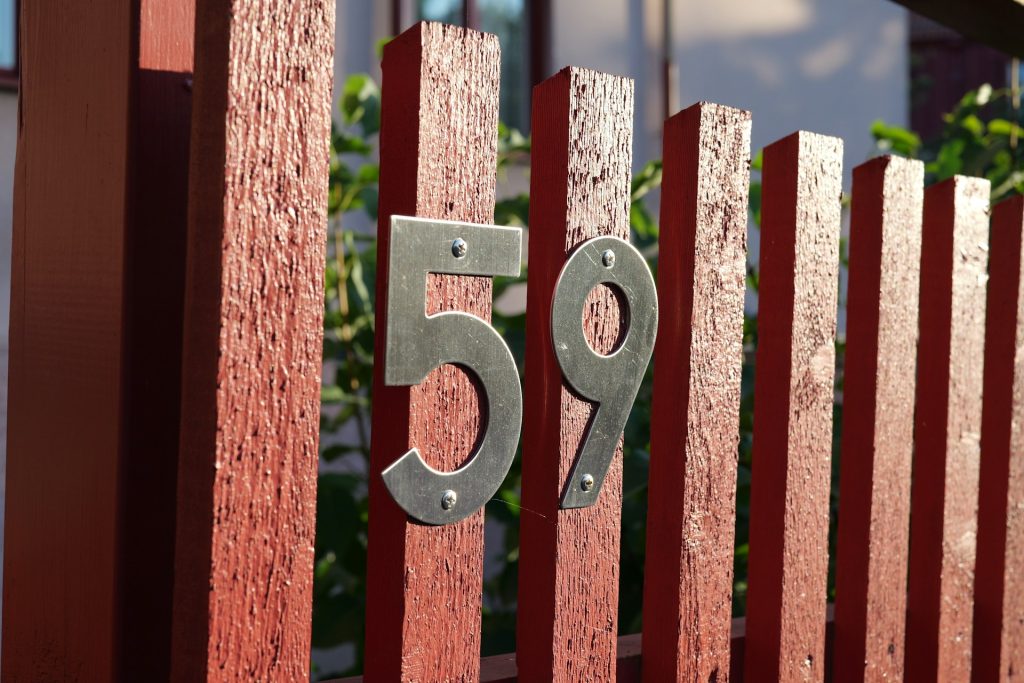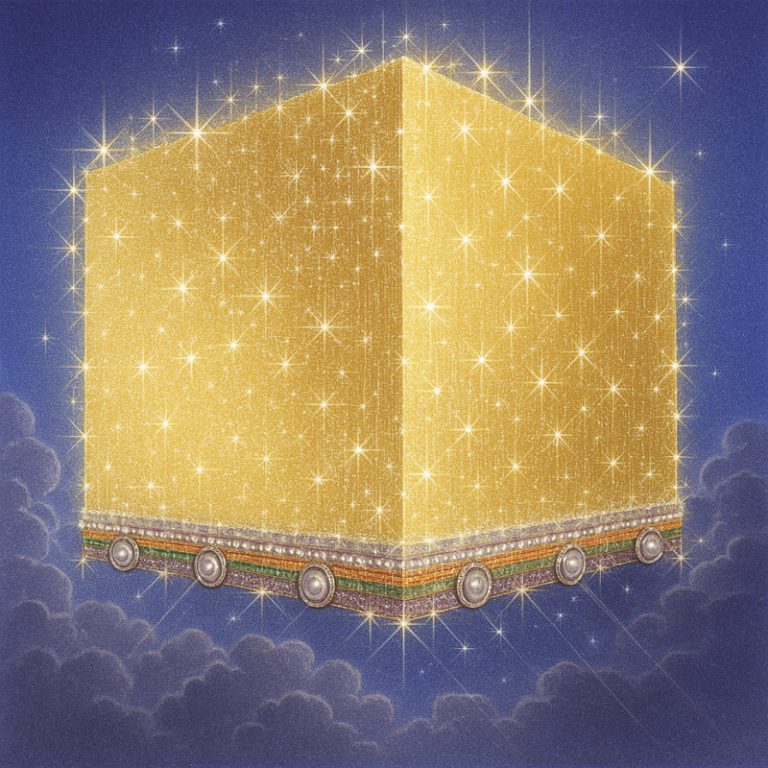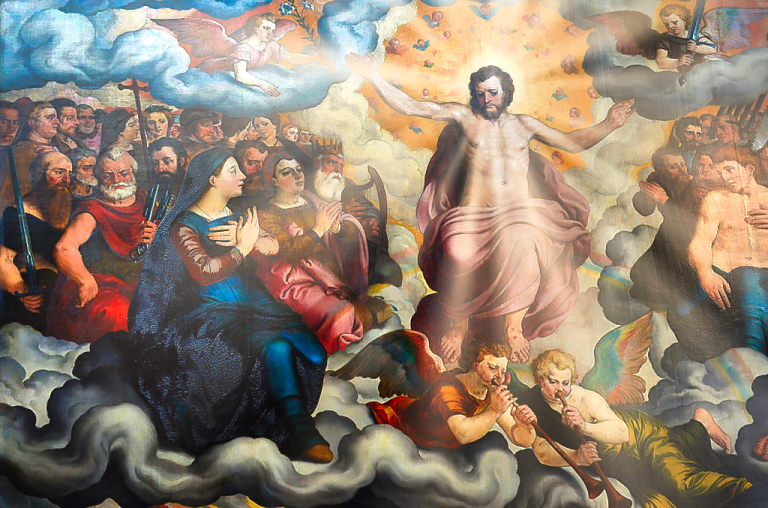59 is a very unusual number. Called “beautiful” by the ancients, it is several types of prime number. There are, in one lunar month, fifty nine days and nights. Babylonians and Chaldeans knew that the “great year”, after which the sun returned to its path among the stars, was fifty nine years long.
These fifty nine years were composed of 729 lunar months of 59 days and nights, for a total number of 43,011 days and nights. 729 is the cube of 9, for 9 x 9 x 9 equals 729, as does 3 x 3 x 3 x 3 x 3 x 3 which the Pythagoreans thought practically magical.
When 729 is divided by two, which is the one night plus one day equalling one 24 hour day, the ancient astronomers were abe to get very, very close to the actual number of days in a solar year, 365.5. The number 59 was crucial in helping the ancient astronomers relate the lunar and solar years.
These brief paragraphs on 59, with a couple of additions, are abridged here for two reasons. First, it is utterly fascinating. Secondly, much of it comes from A. T. Olmstead’s History of the Persian Empire, published in 1948. It was a work of deep, but popular, scholarship, the like of which is as foreign to our own age as the languages of Persia.
In reading that book, one notices many dozens, if not hundreds of times, that the empires of the Middle East were better at destroying the Western Democracies by bribing their leaders rather than fighting them in battle. The number of times that public officials in Europe were bribed by Persians is astonishing. That process continues, as does the invasion of the West by the Sons of Ishmael.








